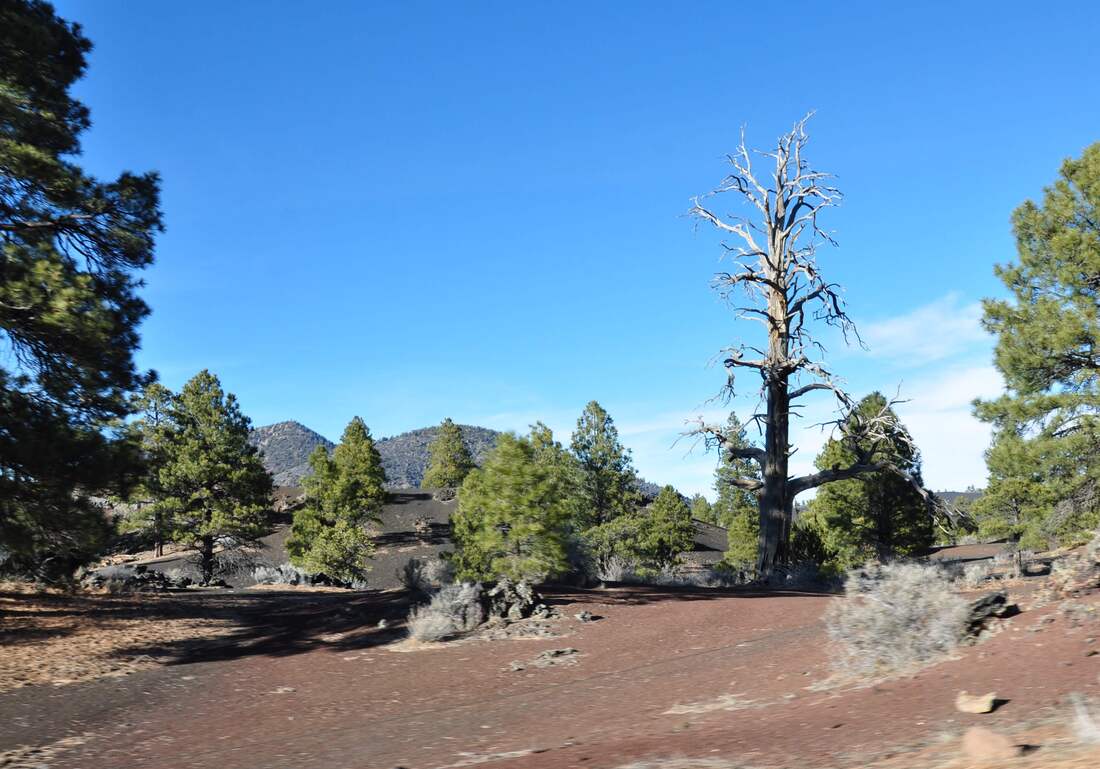|
Volcano destinations often conjure up images of fiery lava flying high into the air over palm trees on a tropical island somewhere in the Pacific Ocean. This is because most of the volcanic eruptions in recent history have occurred in the Pacific Ring Of Fire. An exception was the Mount Saint Helens volcanic explosion back in the 1980s up in the Cascades Volcano Field, which actually is on the Pacific rim too. The Mount St Helens event acted as a reminder of just how wild the west can be when a volcano comes back to life. There are several large volcanic fields out west that have been dormant for many centuries and the most famous is the Yellowstone Caldera, which many fringe theorists claim is way overdue for another catastrophic event. The word “overdue” is actually is meaningless in real volcanic field studies, because this sensationalized terminology was basically a Hollywood entertainment invention. It takes a long term series of events for the conditions to be just right for a volcanic field to become active. Deep underground magma plumes do not happen overnight, so there is rarely such a thing as a surprise volcanic eruption. This is a good thing, because the early warning signs are the only hope for providing enough time to evacuate the area. The Sunset Crater Volcano in northern Arizona is a prime example of a recently active volcanic eruption that provided early warning signs that gave to local people enough time to move out of harm’s way. The Sunset Crater Volcano erupted almost 1,000 years ago during a time when several ancient pueblo builder cultures occupied this region. Locally, the Sinagua People occupied the mountainous region near the Grand Canyon, as can be seen in the nearby cliff dwelling pueblos in the Walnut Canyon National Monument. When the warning signs occurred prior to the Sunset Crater Volcano eruption, the local people that lived around the mountains near Flagstaff moved to an outlying area near the Grand Canyon that is now known as Wupatki National Monument. In this area a big pueblo complex was constructed that housed several thousand people. After the big volcanic eruption finally subsided nearly a millennia ago, the Sunset Crater Volcano has been quiet ever since. There are many volcanic mounds in this area, as can be seen from the neighboring Grand Falls, but none of the baby volcanoes have shown signs of life. Nobody knows if this volcanic field will ever become active again, but for the time being, those who suffer from volcanophobia will have nothing to fear! Visiting the Sunset Crater Volcano is like getting a chance to tour two picturesque National Monuments for the price of one! The admission price for Sunset Crater Volcano also includes admission to the neighboring Wupatki National Monument and the same applies to vice versa. A visitor can enter these National Monuments at access roads on Highway 89 near Flagstaff or at the Wupatki entrance gate near Cameron. Both of these monuments can be explored in one long day, but most visitors prefer to take their time, so camping in the area is a good option. I used to work seasonally in the Grand Canyon for about one year total, so I have been to the Sunset Crater Volcano several times. The photos for this article were taken during the winter, spring and summer seasons. Late spring is the best time of year for touring Sunset Crater Volcano, because the temperatures will be comfortably cool. There are a couple of cinder cones next to the Sunset Crater Volcano that were active during the main eruption event. Some of the cones spewed rusty brown color cinders, while the main lava flow is jet black. The lava flows cover many square miles through the mountain forests and this is quite a sight to see. There is not much volcanic tuft around, so by standards, the Sunset Crater Volcanic event was a fairly clean eruption that did not have a billowing volcanic ash cloud. However, the small cinders certainly did rain down and some of the cinder piles are as high as a mountain. There are no known lava tubes in this volcanic field and the main attraction is the vast jet black lava flows, along with the towering cinder cone. There are several hiking trails that go to points of interest in the lava fields that are well worth checking out. Hiking up the Sunset Crater Volcano is prohibited, because the foot traffic dramatically increases the rate of erosion on the loose volcanic soil. For this reason, the big Sunset Crater Volcano is for your eyes only and it is quite a majestic sight to see!
0 Comments
Your comment will be posted after it is approved.
Leave a Reply. |
Leave no trace!
New!
Destination West YouTube channel! https://www.youtube.com/@DestinationWestOrg *The Destination West website upgrading project is well underway. Unique YouTube slideshows are replacing the outdated Flickr photo galleries. The new videos feature modern graphics and alternative music instrumentals that enhance the viewing experience. Some articles are being condensed, while others are getting much needed edits. As everybody knows, the bulk of the original articles and photos were published on the fly during the Covid camping venture and there were limitations. Upgrading is the way to go and more articles will receive a makeover each week until this project is completed. After that, I will be able to gather new material. There is light at the end of the tunnel!
JD Lane Archives
July 2024
Donations help the Destinaton West project continue into the future!
Go Fund Me! This website uses marketing and tracking technologies. Opting out of this will opt you out of all cookies, except for those needed to run the website. Note that some products may not work as well without tracking cookies. Opt Out of Cookies |













